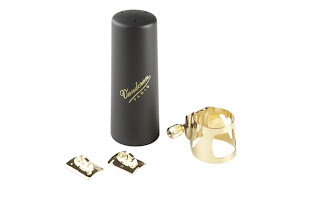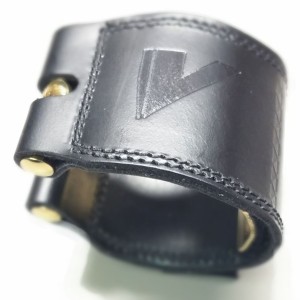 Luxurious black leather accented with gold plated hardware and the second cheapest hook & loop fasteners you can find at your local craft store. This Vandoren ligature is an exercise in cost savings in odd places that I don’t think anyone really asked for. But despite the questionable design choices does it do the job it was intended to do?
Luxurious black leather accented with gold plated hardware and the second cheapest hook & loop fasteners you can find at your local craft store. This Vandoren ligature is an exercise in cost savings in odd places that I don’t think anyone really asked for. But despite the questionable design choices does it do the job it was intended to do?
For some players the idea of using a soft ligature is blasphemous. They tout the opinion that soft ligatures deaden the sound or removes higher harmonics from the tone. I’m not one to agree with this kind of thing considering the science behind saxophone tone production suggests that only a physical change to the bore, tone hole dimension and position, mouthpiece internal dimensions, and the individuals players anatomy have any discernible effect on the tone. With this said I do think the placebo effect is powerful and valid as any other possibility. The construction of this ligature is likely enough to give anyone the perception of enhanced abilities.
Vandoren seemed to spare no expense when choosing the leather. It is thick, medium firmness, and luxurious feeling. The stitching is even as beautiful on the interior as the exterior. The craftsmanship is truly top-notch on this ligature. Where the evidence of account intrusion is visible is the means by which you attach the pressure plates. Vandoren chose to use hook-and-loop fastener as the interface between them. While this isn’t my personal favorite I was really disappointed that they didn’t use the industrial version. I question how long the loops will last and
Their attention to detail comes to a head at the adjustment screw. The thumbscrew is affixed to a threaded rod which is reverse threaded on each end. When you turn the thumb knob the brass bars come together to pull the ligature against the body of the mouthpiece. The thumbscrew stays in the same position during the entire operation. The Rovner and BG ligatures and the myriad of Chinese copies use a fixed threaded adjustment rod attached to one of the brass bars. When you turn the thumb knob is spins down the length of the threaded rod and pushes the non-threaded bar into the threaded one. The difference is that there is very little risk of your reed shifting as you tighten the ligature. Vandoren has a better system.
Where this ligature really proves its worth is when you compare it to Rovner and BG ligatures. The included pressure plates give the effect of have 3 different soft ligatures in on box. The leather pressure plate is most like a Rovner MKIII ($43) which according to Rovner is best for classical music. The rubber pressure plate is most like a BG standard ($45) which BG says is good fro anything. Lastly the metal plate is most akin to the BG Revelation ($35). So if we add it all up the Vandoren Leather ligature ($69) is not a bad deal if you would otherwise have purchased the 3 previous ligatures for a combined total of $123 not including individual shipping.
TAKE AWAY: It’s a ligature and it’s only job is to anchor the reed to the mouthpiece firmly but allow the reed to operate unencumbered. This piece does this but the gimmick of swappable plates isn’t worth the additional expense over a Rovner MKIII or the BG Revelation. Also ,the plastic cap is utilitarian at best, the leather cap is really the nicer option.
[gallery_bank type=”images” format=”thumbnail” title=”false” desc=”false” responsive=”true” display=”all” sort_by=”random” special_effect=”” animation_effect=”” album_title=”true” album_id=”2″]

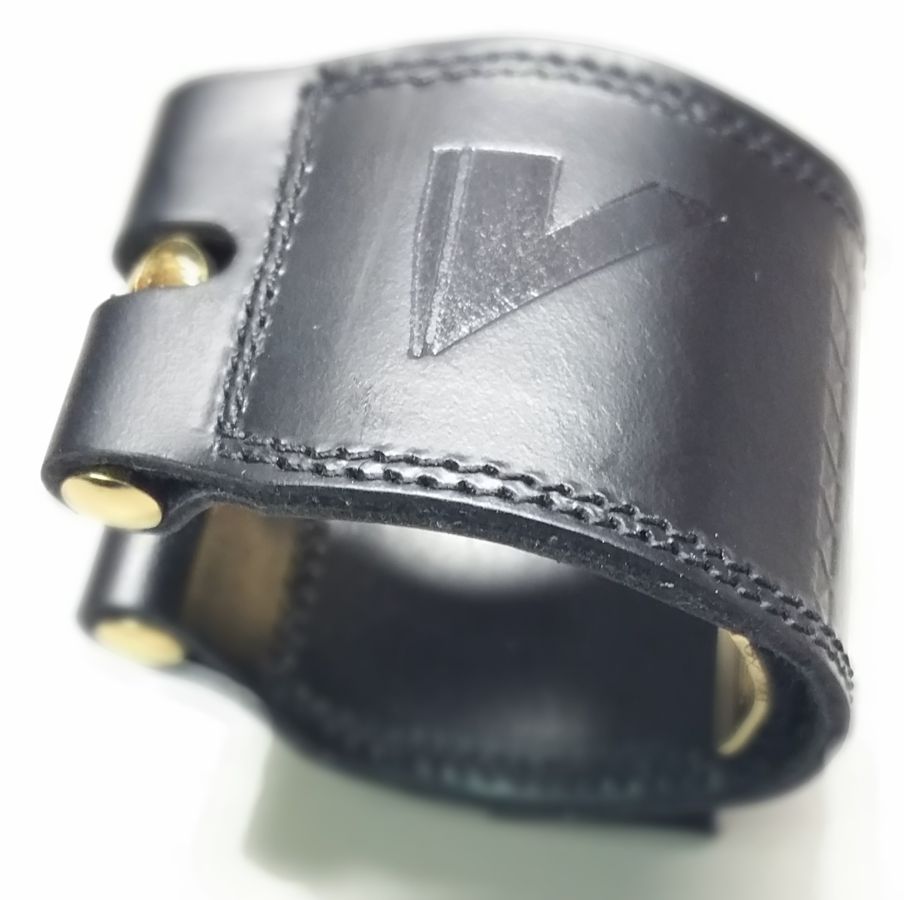
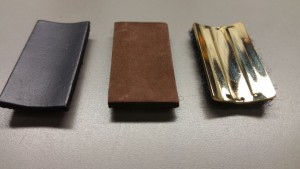
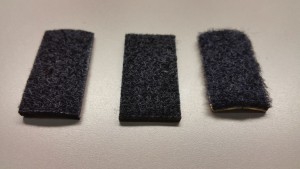
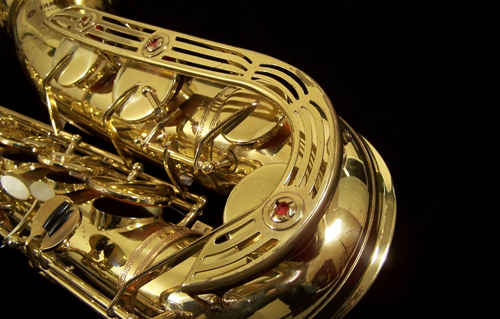
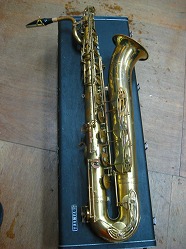 From 1974 through 1984 Yamaha created what I and many others consider one of the best baritone saxes ever created. It’s tone is clean, clear and with minimal coloring from the horn. Simply put this horn and all Yamaha horns from this point forward, allows the saxophone to sound like the musician playing it. With a Yamaha you can sound like yourself and in turn develop a unique sound that is identifiable. Many other baritones have a strong inherent tone that can be colored by the musician but will always sound like itself. Conn 12m and Selmer Mark VI’s tend to have “the tone” and is usually identifiable as what it is regardless of who’s playing it. Mind you there’s nothing wrong with that if it is a sound that you like but Yamaha gives their players blank slates to paint with.
From 1974 through 1984 Yamaha created what I and many others consider one of the best baritone saxes ever created. It’s tone is clean, clear and with minimal coloring from the horn. Simply put this horn and all Yamaha horns from this point forward, allows the saxophone to sound like the musician playing it. With a Yamaha you can sound like yourself and in turn develop a unique sound that is identifiable. Many other baritones have a strong inherent tone that can be colored by the musician but will always sound like itself. Conn 12m and Selmer Mark VI’s tend to have “the tone” and is usually identifiable as what it is regardless of who’s playing it. Mind you there’s nothing wrong with that if it is a sound that you like but Yamaha gives their players blank slates to paint with.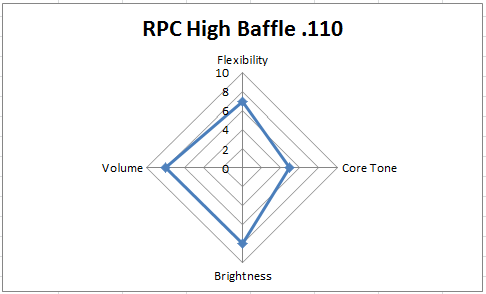
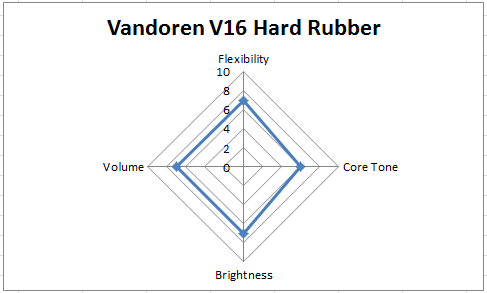
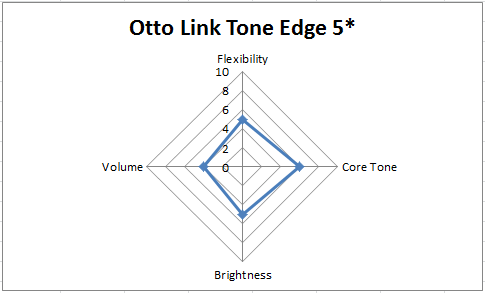
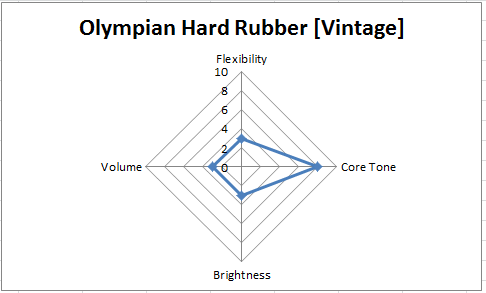

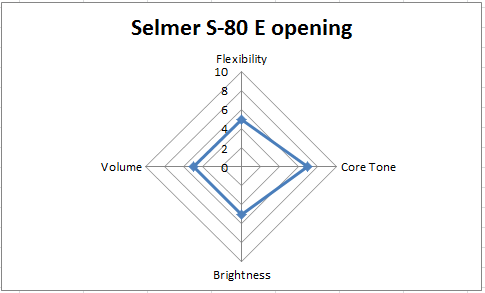
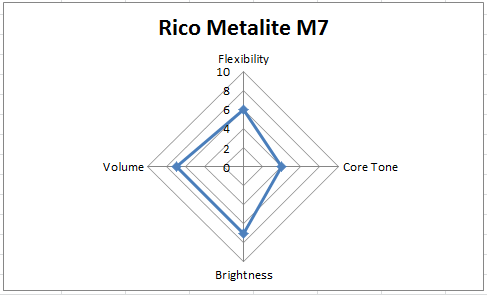
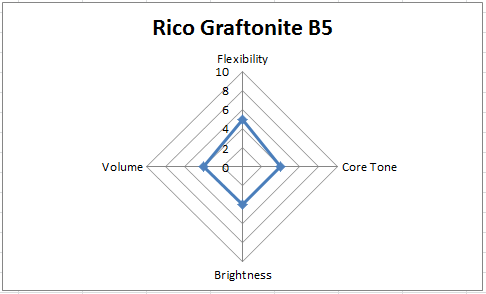
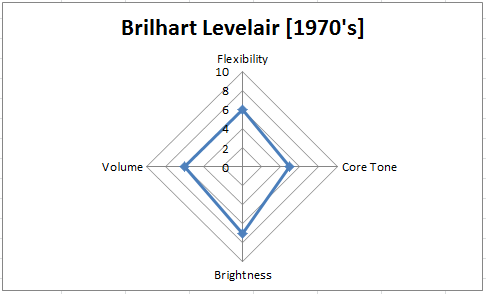
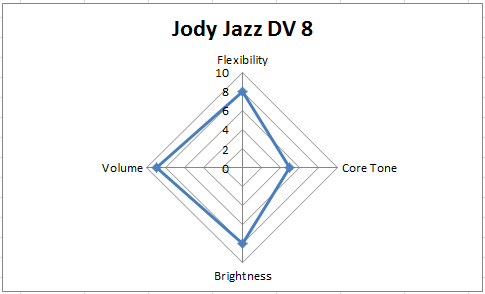
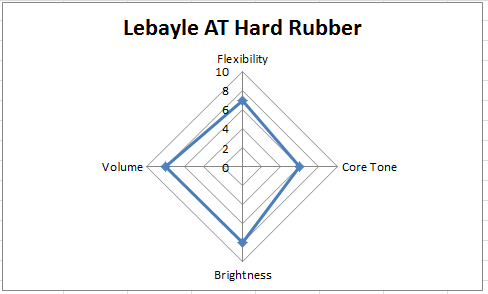

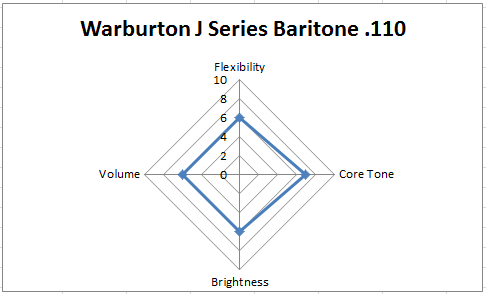
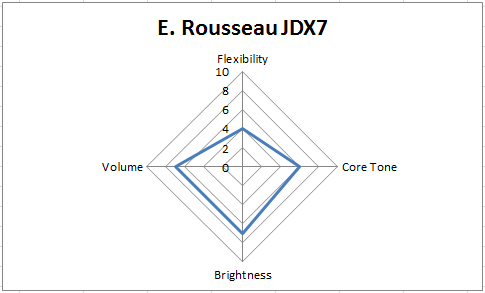
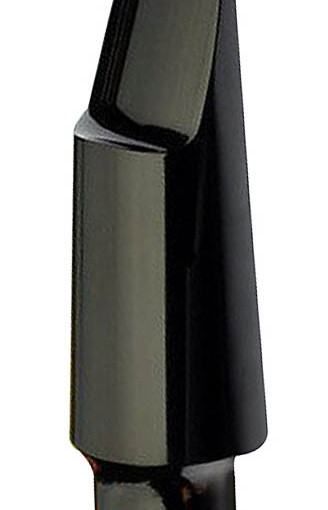
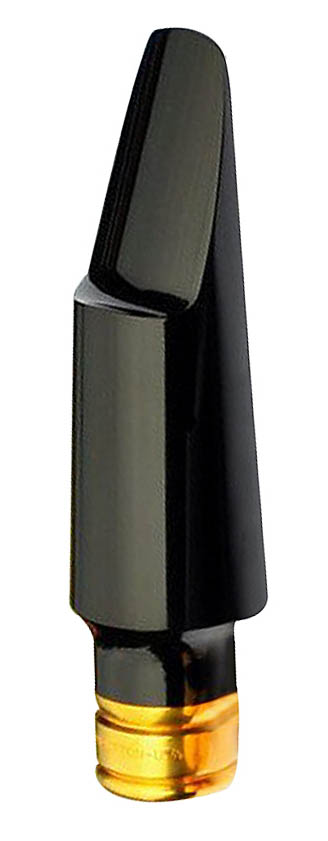
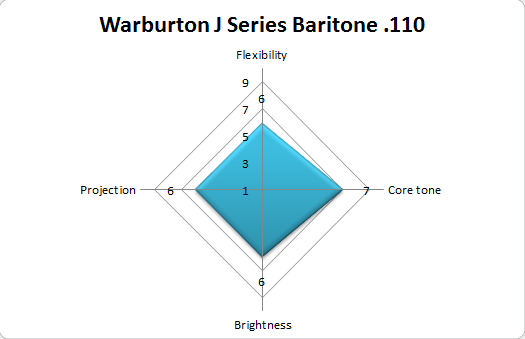
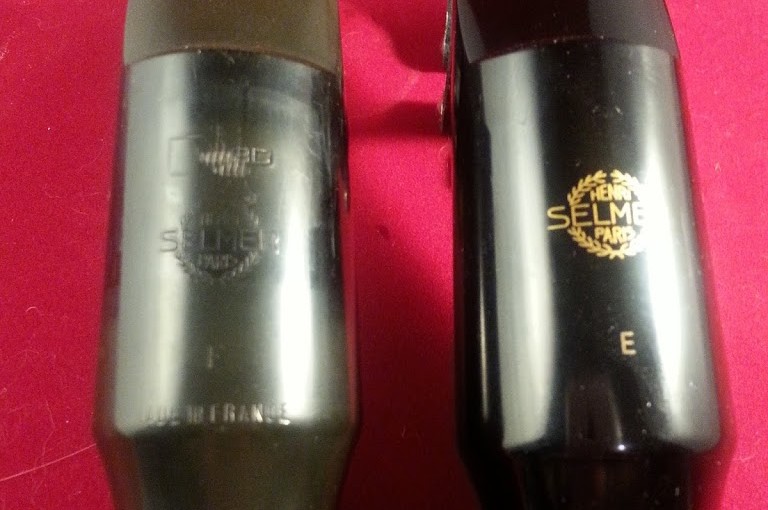
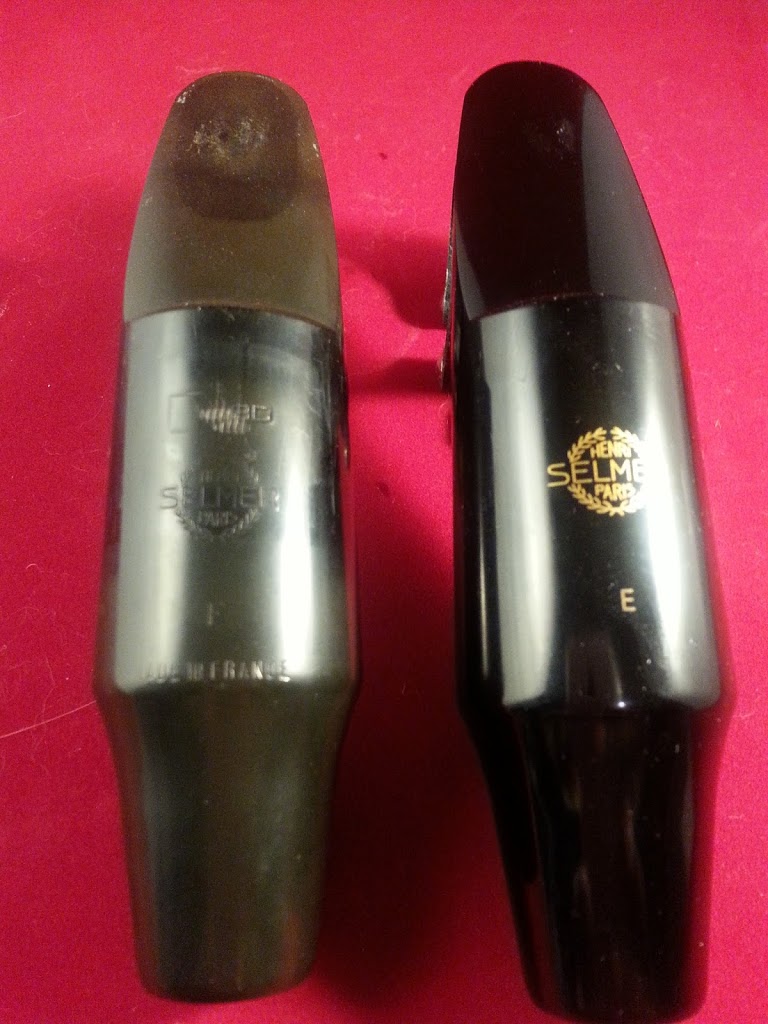
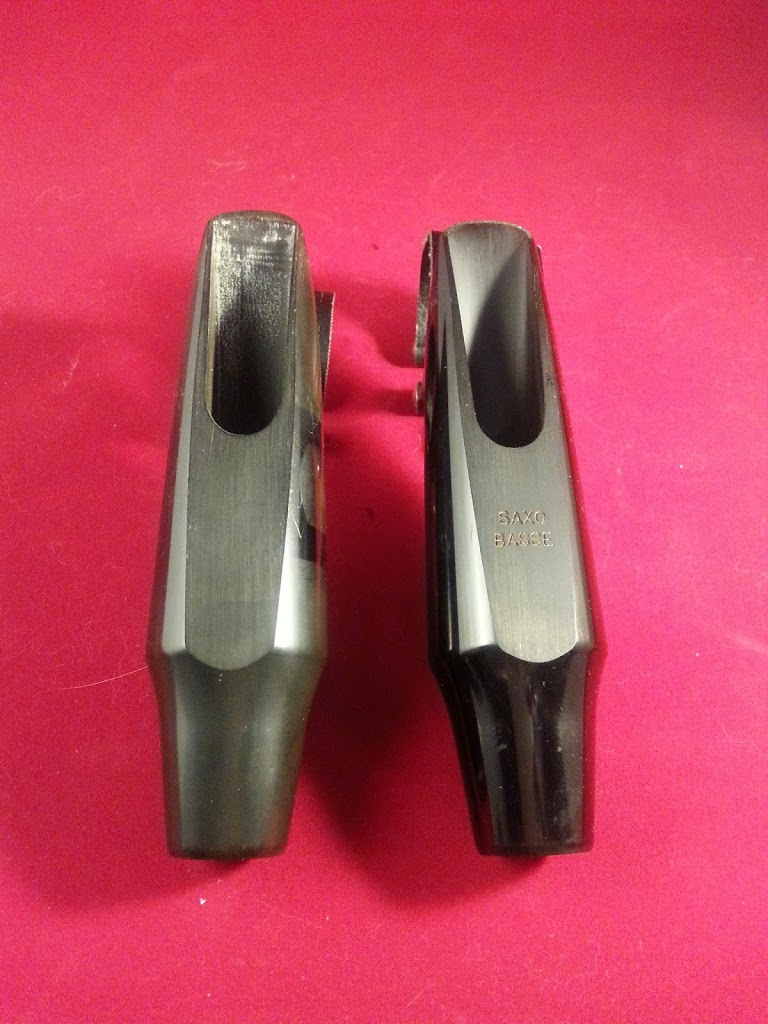

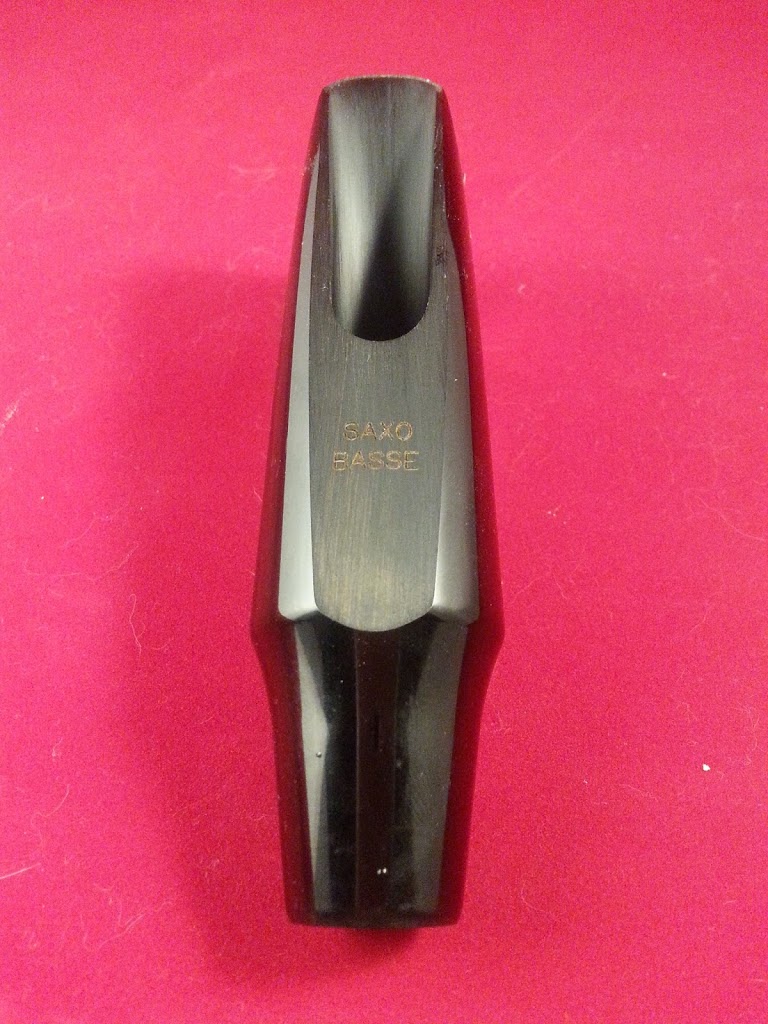
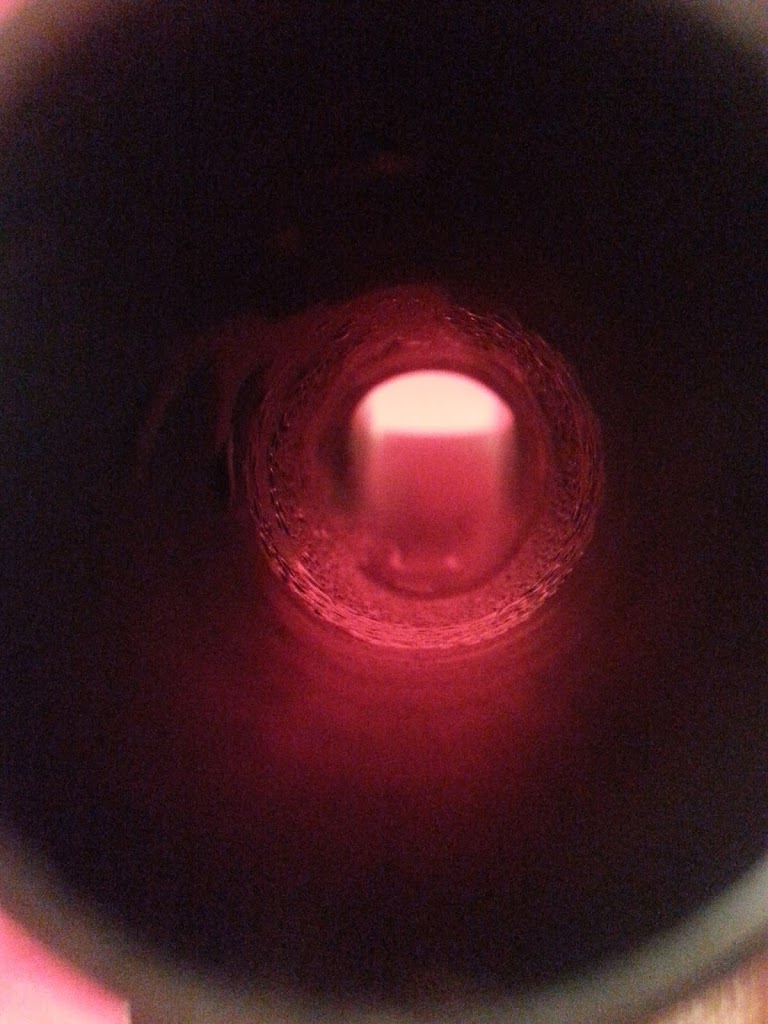
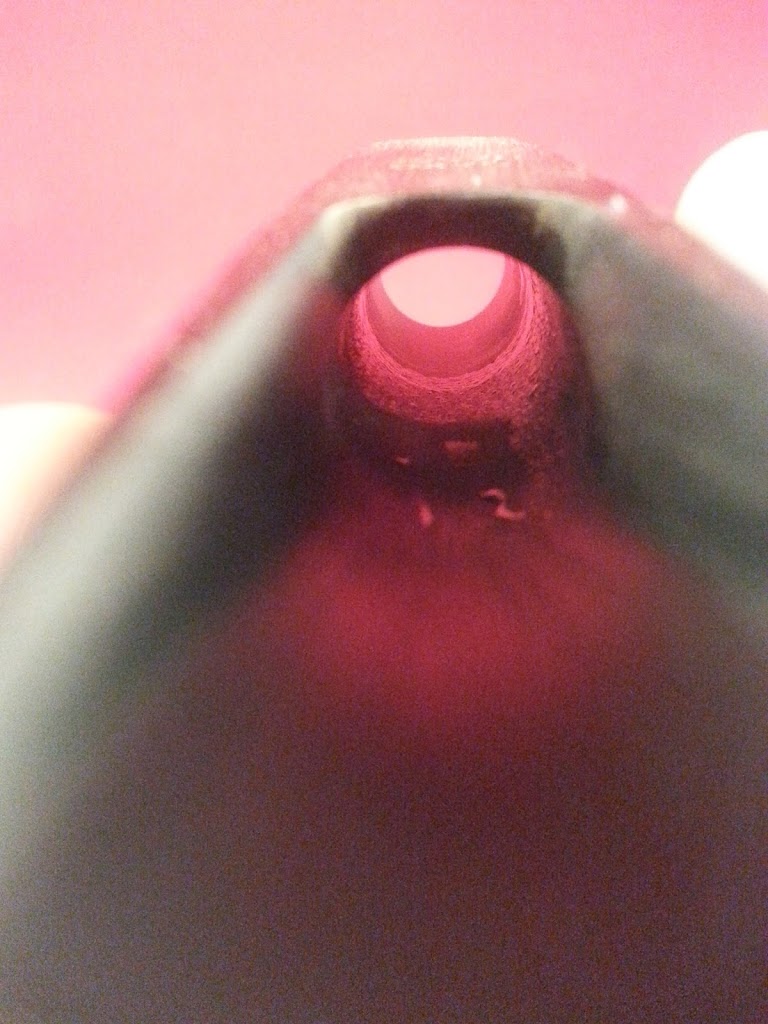
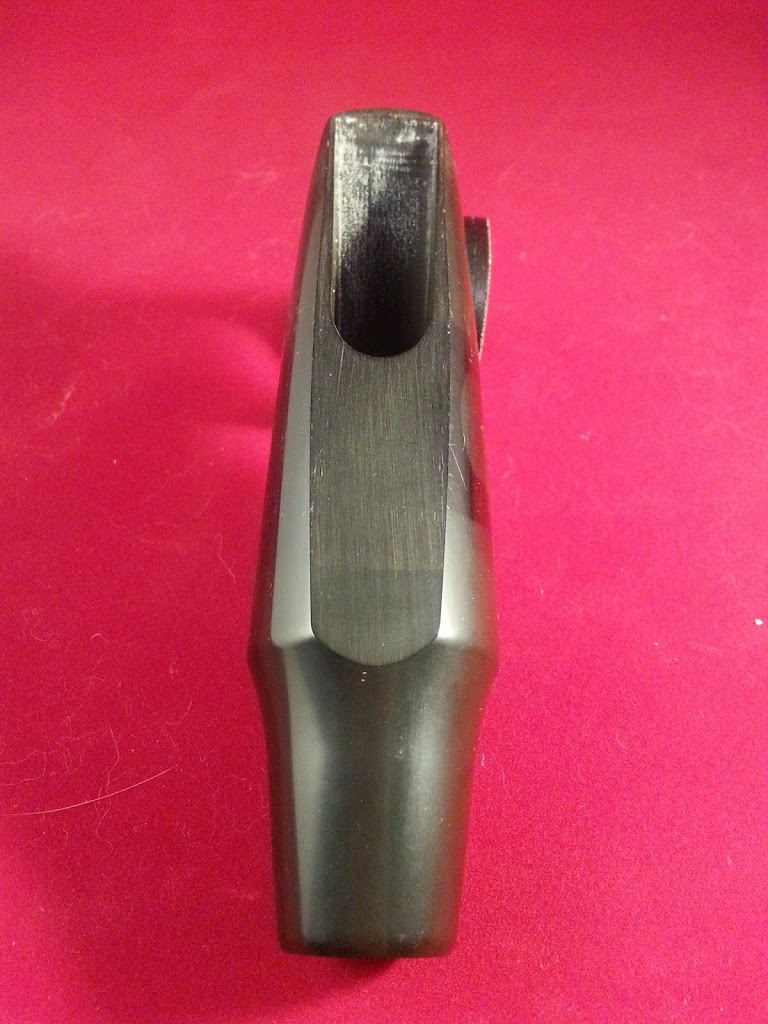
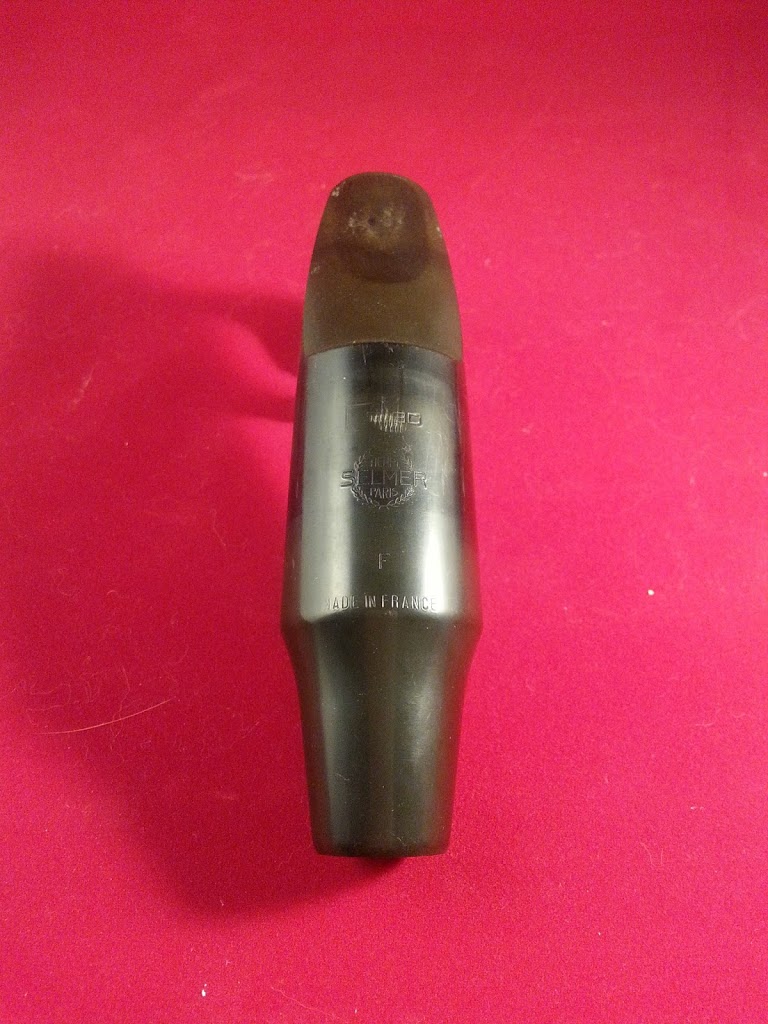
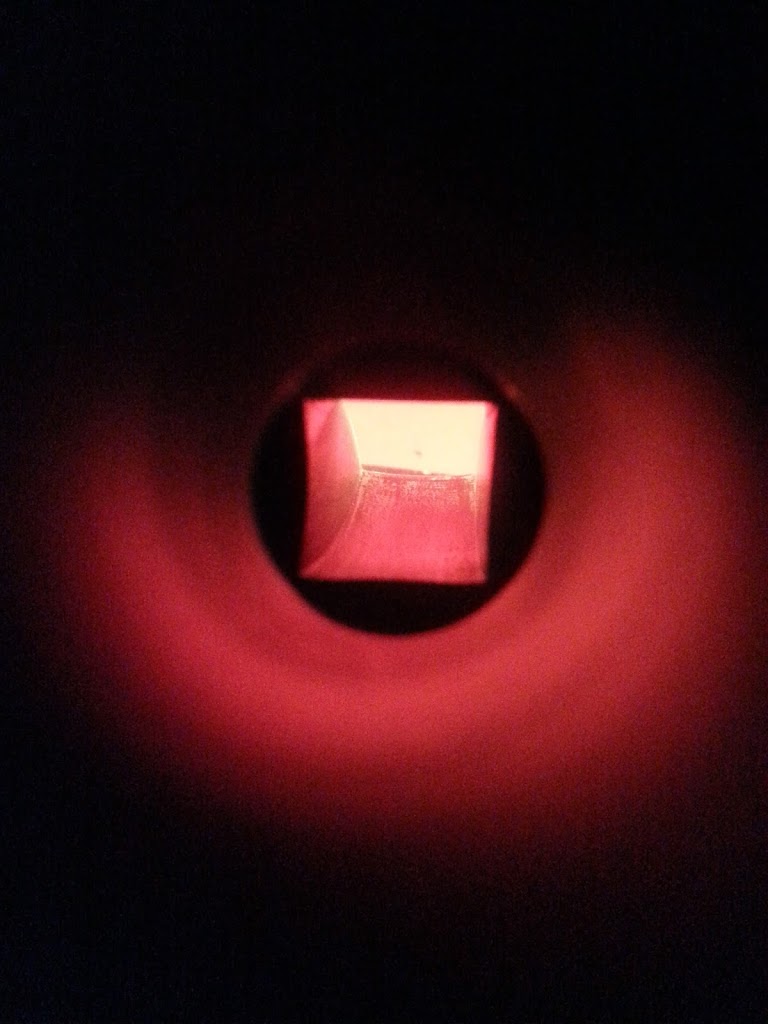
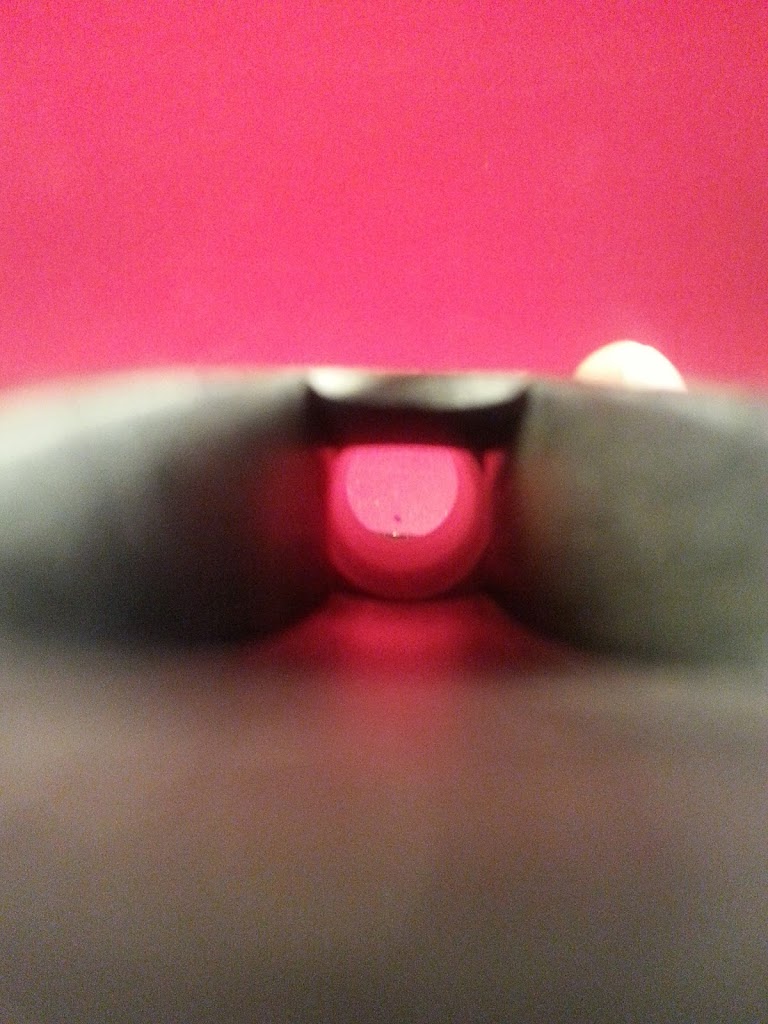


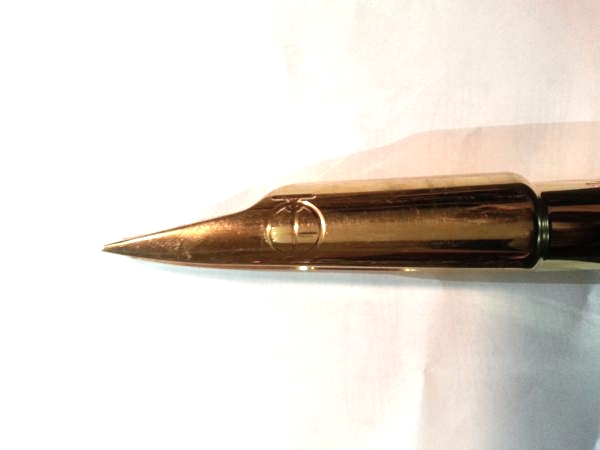



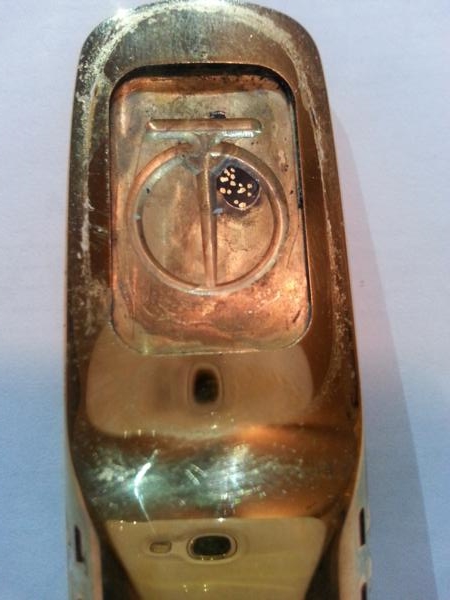.jpg)






